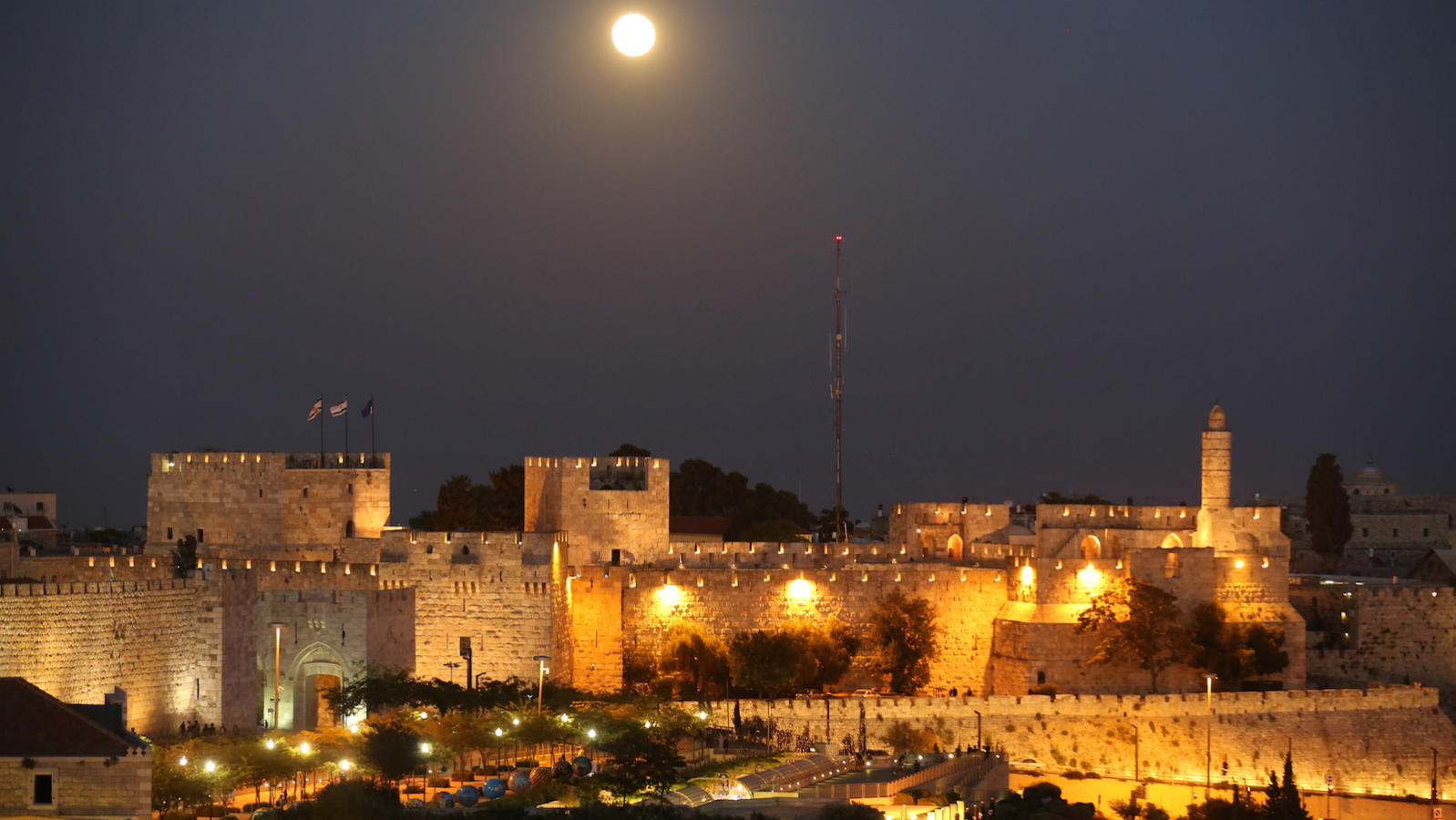Among all the Jewish holidays, has the singular distinction of having its date determined by whether or not a person lives in a city surrounded by a wall. The distinction is derived from a passage in the Megillah (Book of Esther):
“But the Jews in Shushan mustered on both the 13th and 14th days and so rested on the 15th and made it a day of feasting and merrymaking. That is why village Jews who live in unwalled towns observe the 14th day of the month and make it a day merrymaking and feasting and as a holiday and an occasion for sending gifts to one another.”
-Esther 9:18-9
Who Celebrates What and When?
The story differentiates between Jews who lived and fought their enemies for two days within the walled, capital city of Shushan and those who lived in unwalled towns, where only one day was needed to subdue the enemy. The Rabbis determined we should make that same distinction when memorializing the event. Accordingly, if a person lives in a city that has been walled since the days of Joshua (circa 1250 B.C.E.), as Shushan was, Purim is celebrated on the fifteenth of the month of Adar, a day referred to as “Shushan Purim.”
Those who live in unwalled cities celebrate on the 14th, the day referred to as just “Purim.” The sages considered making Shushan Purim conditional on whether a city was walled from the time of Ahasuerus; but they did not wish to honor a Persian city over one in the Land of Israel, given that Israel was in ruins at the time of the Purim miracle. Joshua was chosen because, in the Book of Exodus, he is the general who begins the effort to annihilate the descendants of Haman’s ancestor, Amalek.
In addition, the time of Joshua is related to the Israelite conquest of the Land of Israel, the memory of which reinforces Purim’s theme of Jewish victory. For Jews who have been living in the Diaspora, the observance of Shushan Purim is not even a consideration, because we know of no cities in these countries that were walled 3,000 years ago. Anyone visiting Jersualem, though, should be prepared to celebrate a joyous Shushan Purim.

Help us keep Jewish knowledge accessible to millions of people around the world.
Your donation to My Jewish Learning fuels endless journeys of Jewish discovery. With your help, My Jewish Learning can continue to provide nonstop opportunities for learning, connection and growth.
Leap of the Seasons
Besides knowing whether or not we are celebrating Purim in a walled city, we need to know whether or not we are experiencing a leap year according to the Hebrew calendar. The Jewish calendar, unlike the secular (Gregorian) calendar, follows the lunar cycle rather than the solar. In a 12-month year, the solar calendar has 365 and one-half days, while the lunar calendar has 354 and one-third days (more than 11 days shorter).
The particular dilemma about this discrepancy is that the holidays are bound to their respective seasons. According to biblical statute.” Passover must occur in spring, in summer, and in fall. The 11-day difference, if not accounted for, would cause these holidays to fall 11 days earlier each succeeding year. Eventually, they would occur in the opposite season.
To ensure that the holidays remain in their mandated seasons, the Jewish calendar was ingeniously adjusted to accommodate the 11-day difference between the lunar and solar years. In the 4th century C.E., Hillel II scheduled an extra month at the end of the biblical year, as necessary. The biblical year begins in spring with Nissan (Exodus 12:1-2) and ends with Adar. Hillel II, in conjunction with the Sanhedrin (Jewish supreme court) chose to repeat Adar (Adar I and Adar II) every 3rd, 6th, 8th, 11th, 14th, 17th, and 19th year over a 19-year period.
This method accommodates the 207-day discrepancy that adds up between the lunar and solar calendar every 19 years. In seven out of every 19 years, a “leap month” of Adar II is included in the Jewish calendar.
When a leap year occurs, Purim is celebrated in Adar II. Because both Purim and Passover recount a deliverance of the Jewish people, the sees the seasonal bond between the two holidays and notes that it must be preserved. Consequently, the tradition concludes that Adar II is the “main” Adar, wherein we observe yahrzeits (anniversaries of deaths) and celebrate bar and bat mitzvahs (commandments related to birthdays. Yet many of the observances associated with the traditional joy of Adar are practiced in Adar I as well, to uphold the Rabbinic principle that forbids “postponing fulfillment of precepts.” There is even a Purim Katan (“little Purim”) observed on the 14th and 15th of Adar 1, making these days on which things denoted as mournful, such as fasting and eulogizing, are prohibited.



